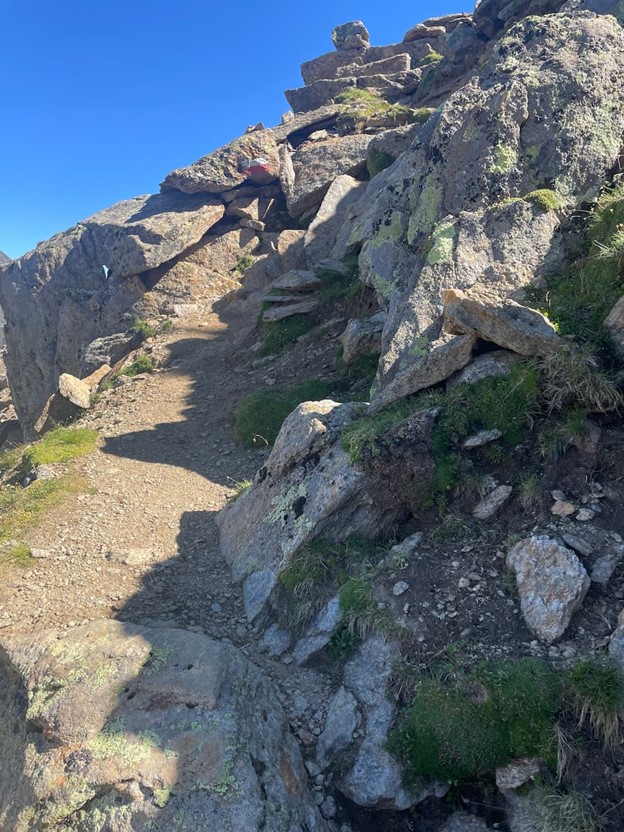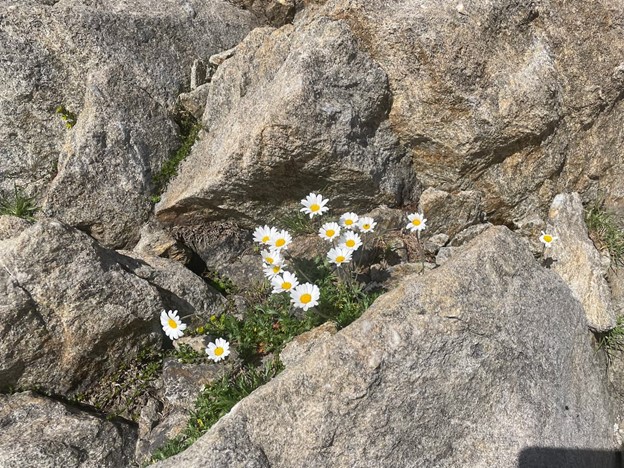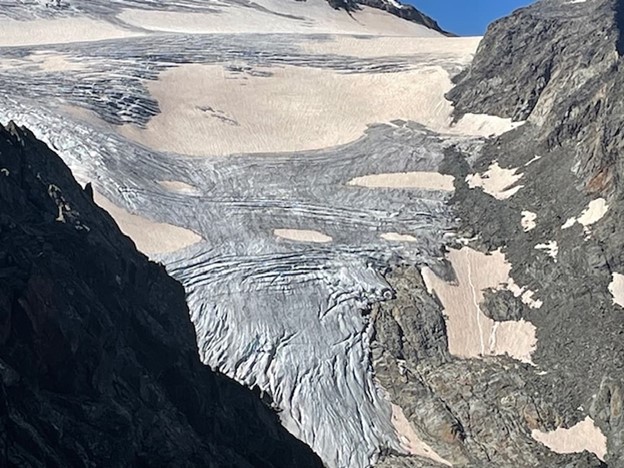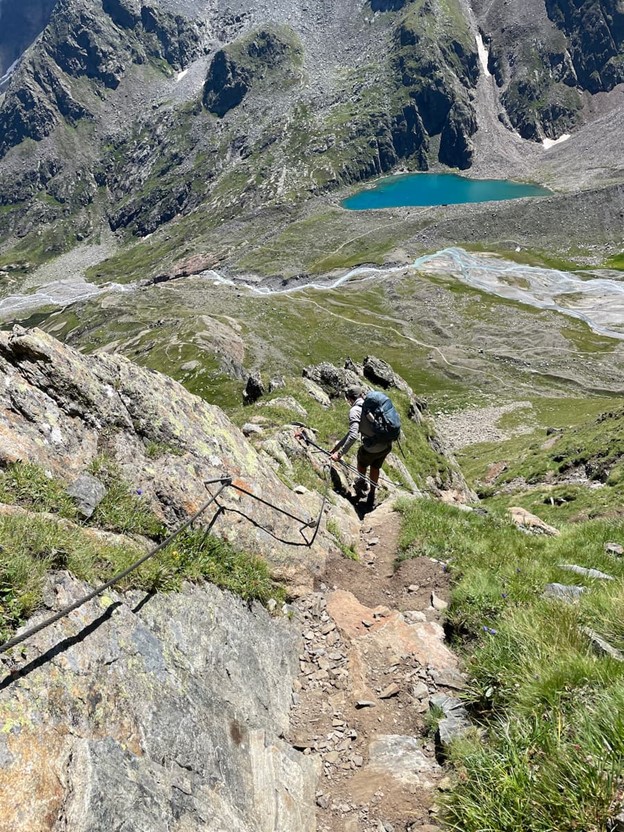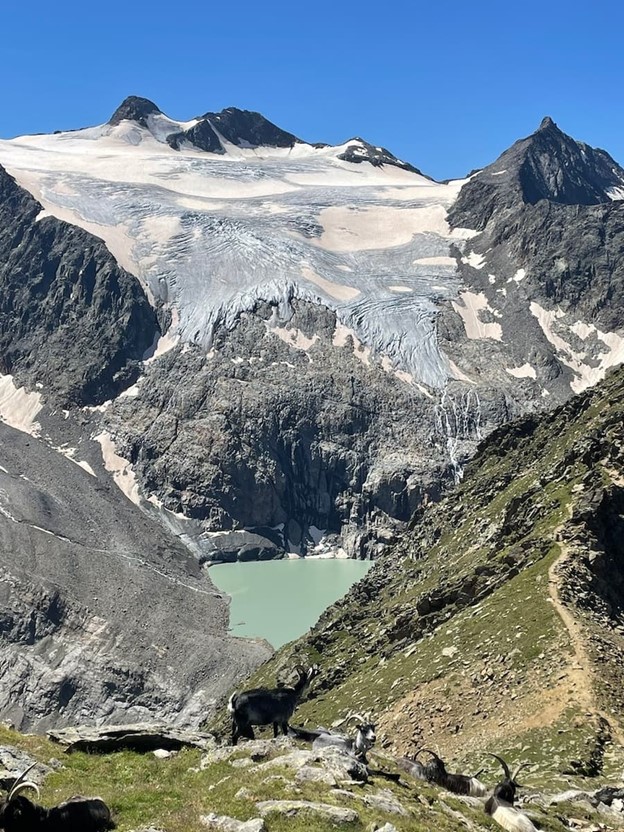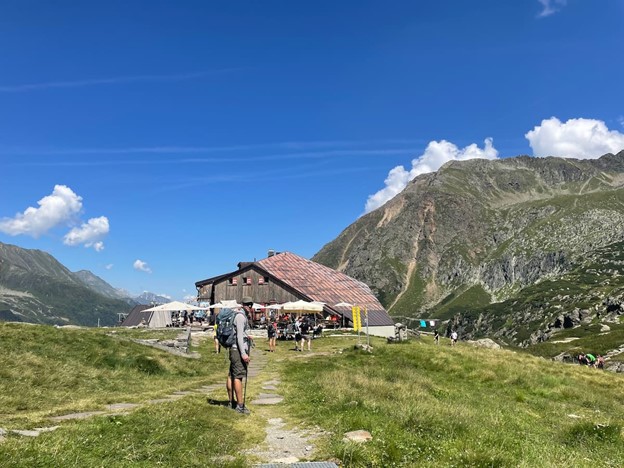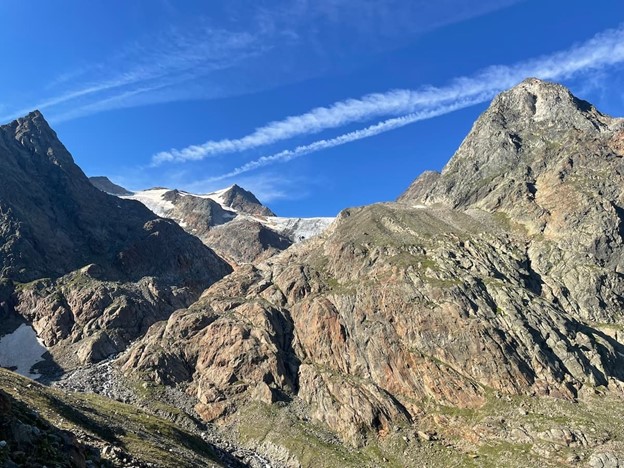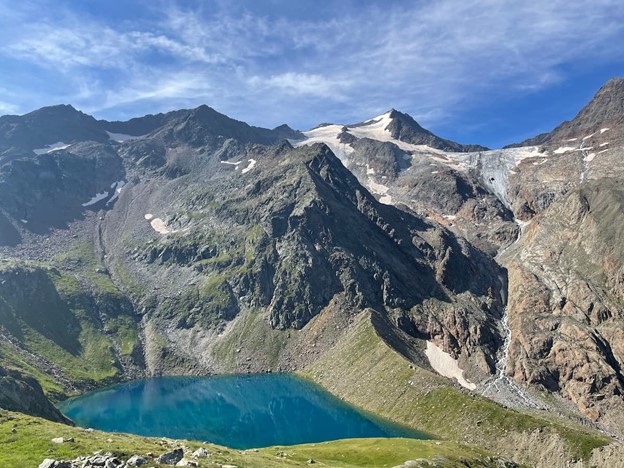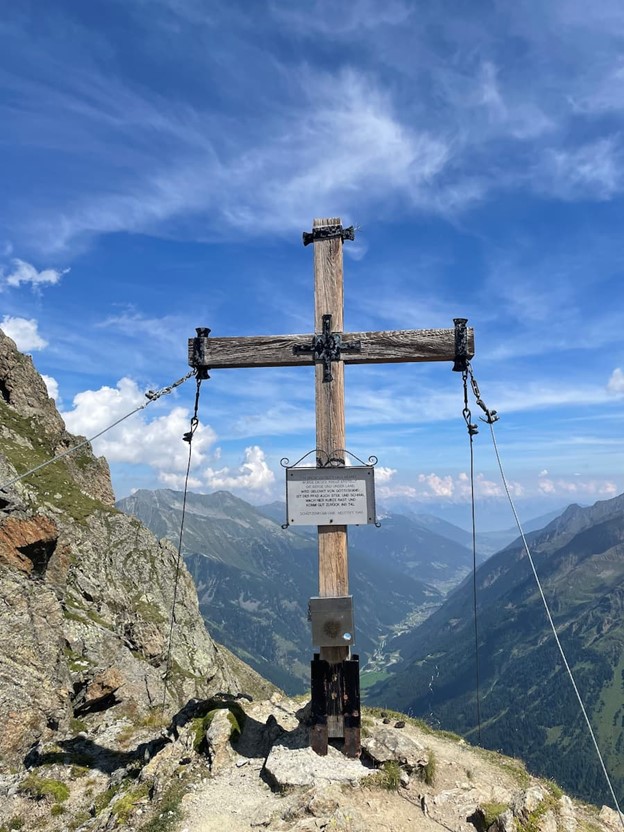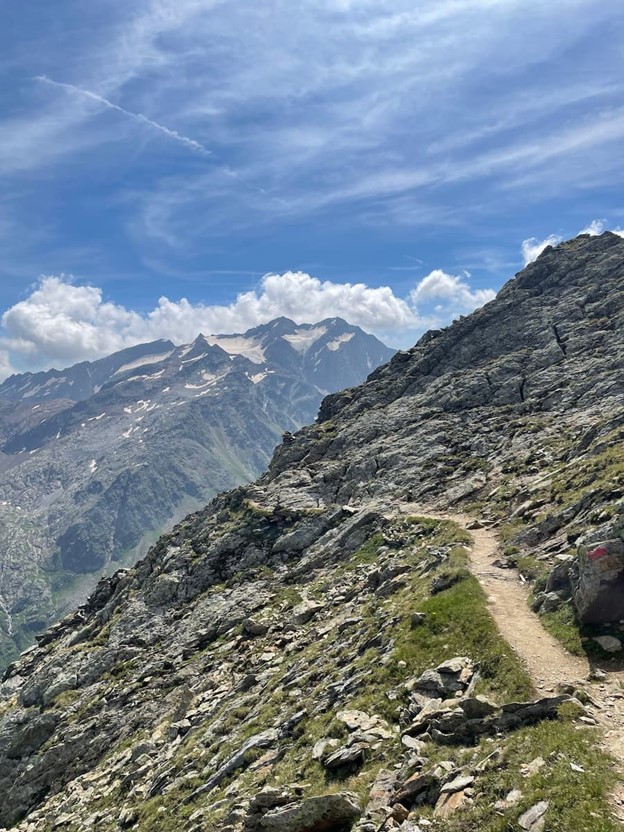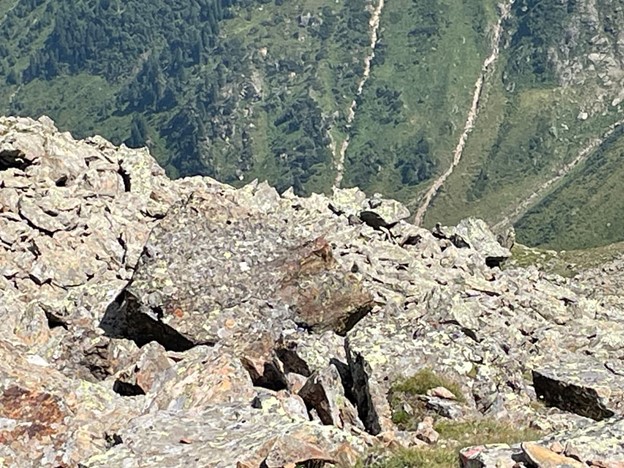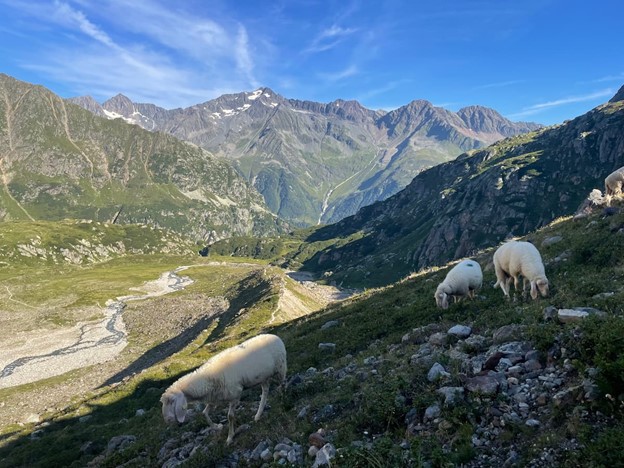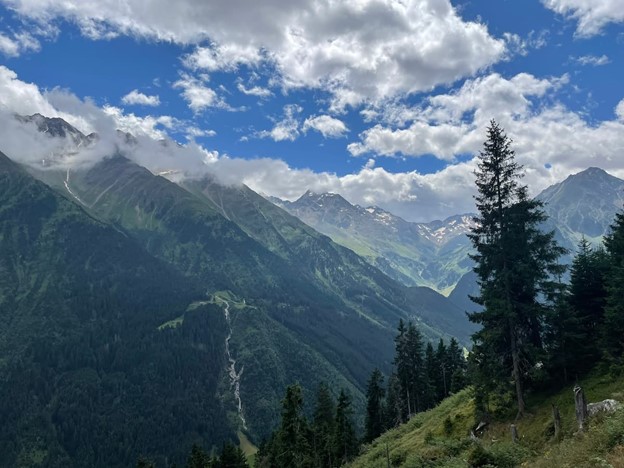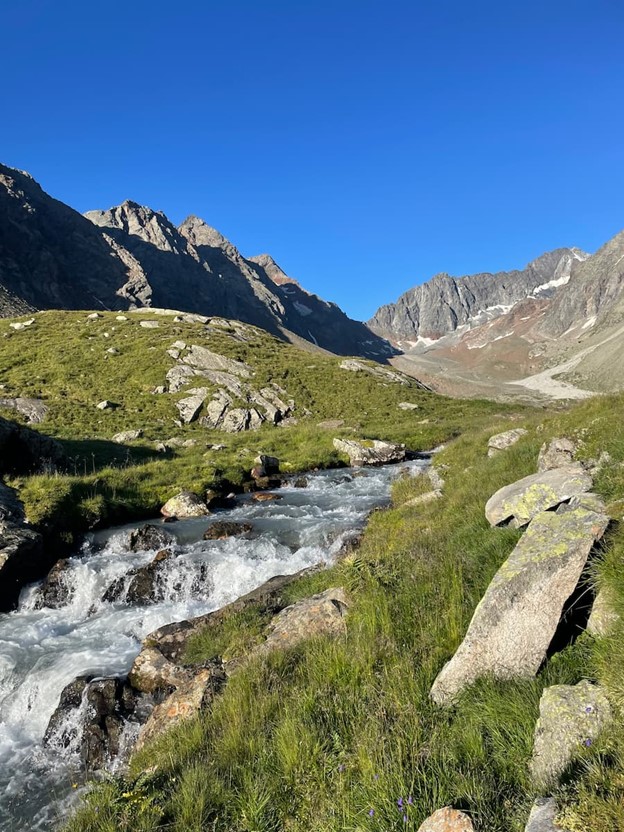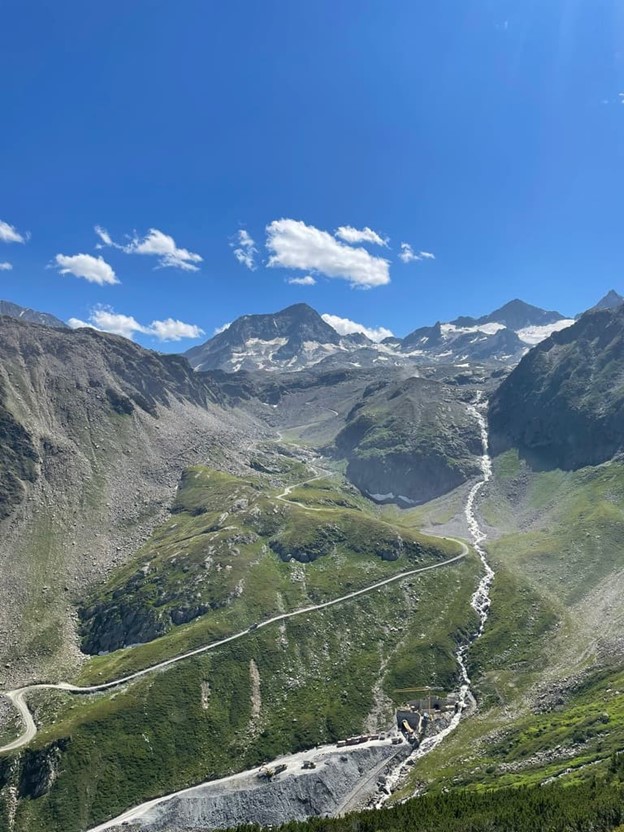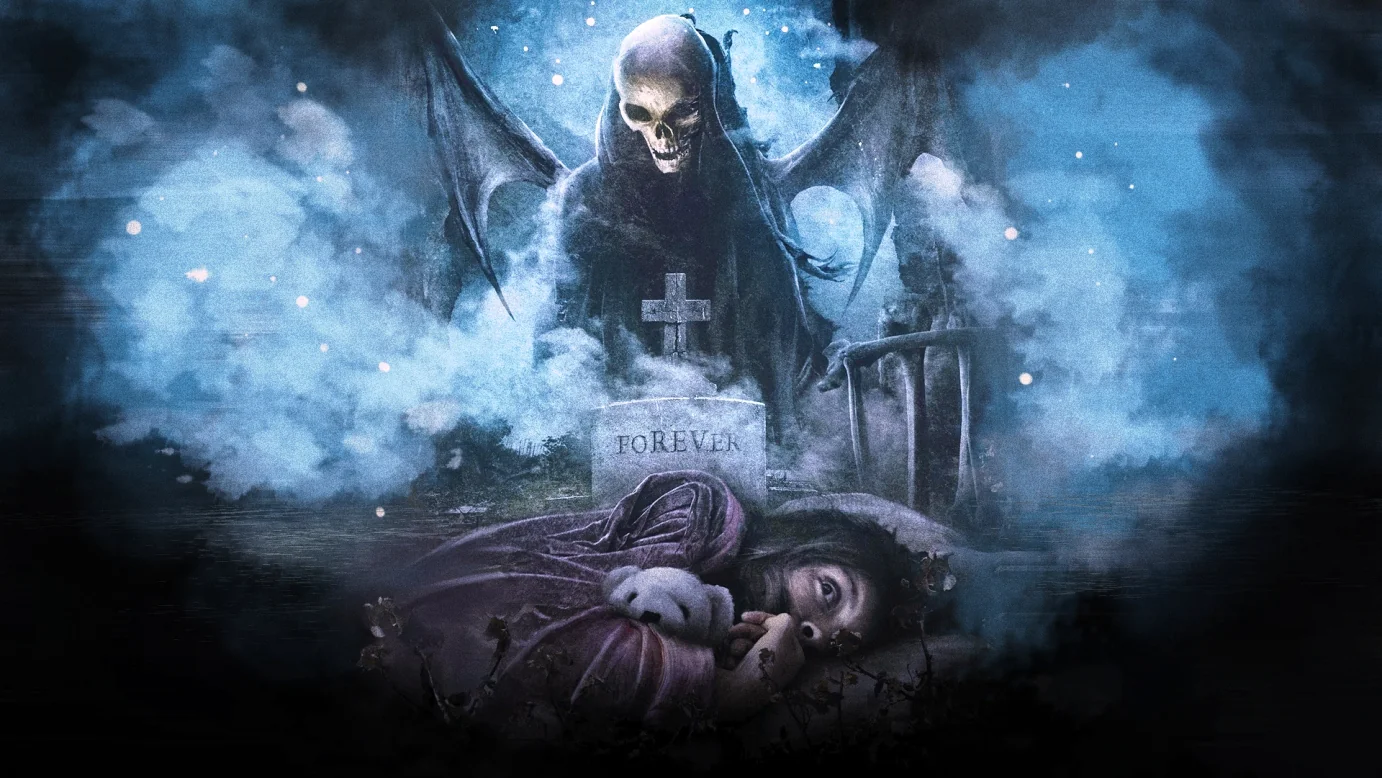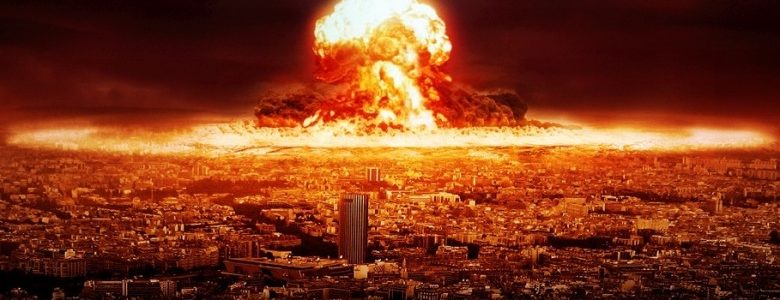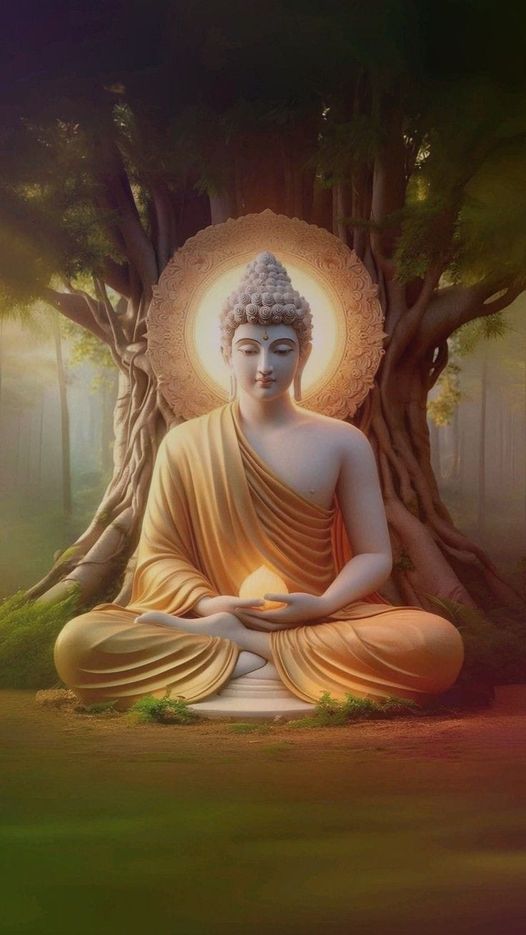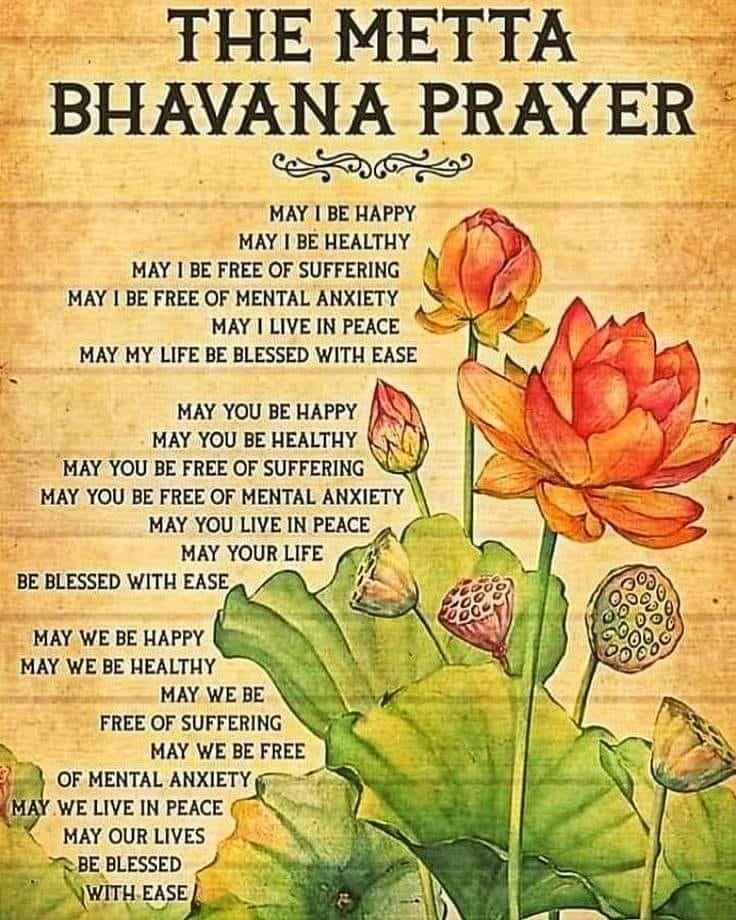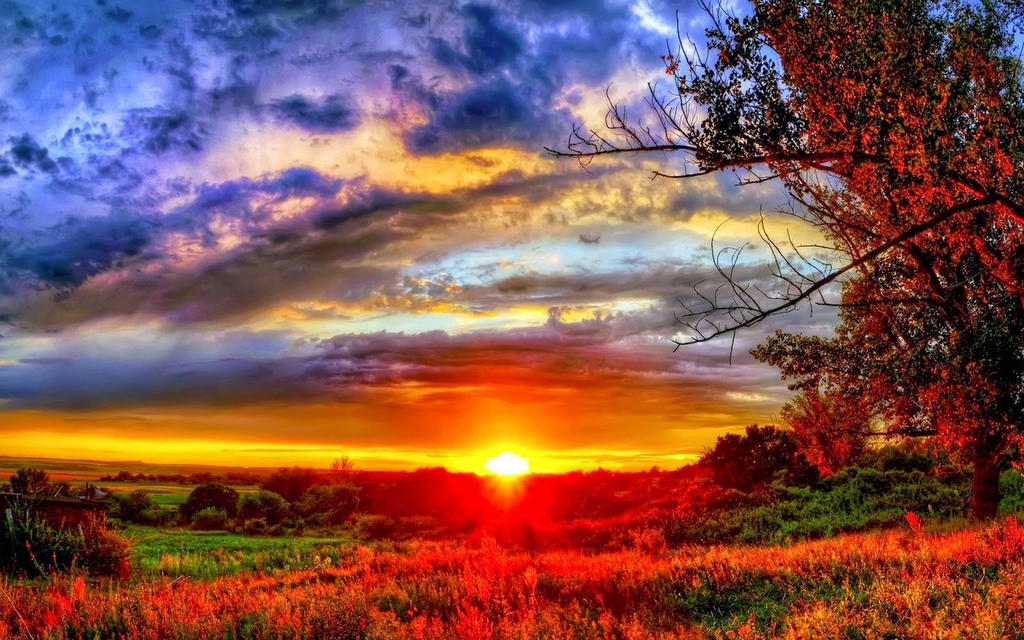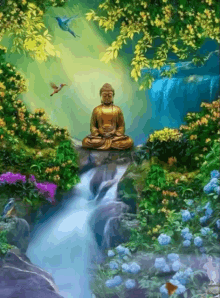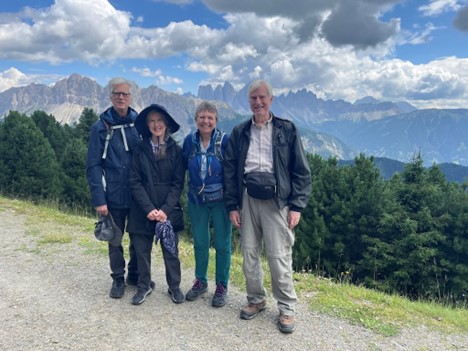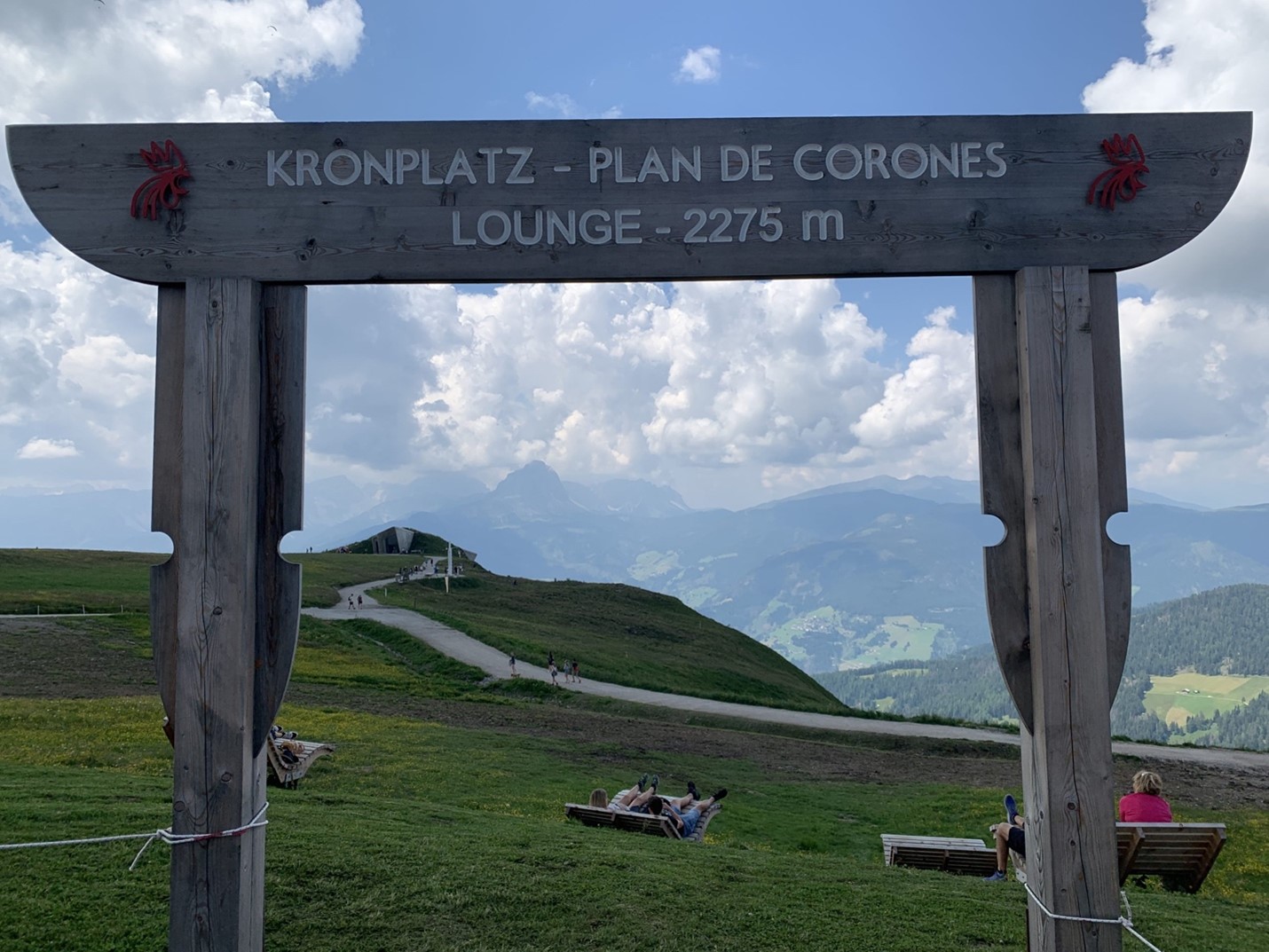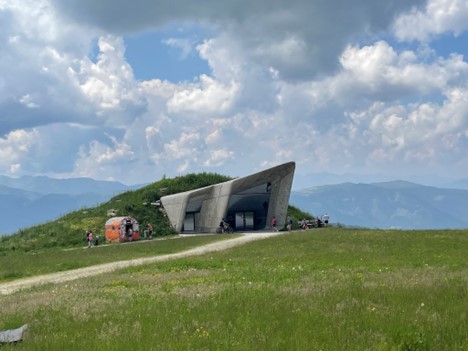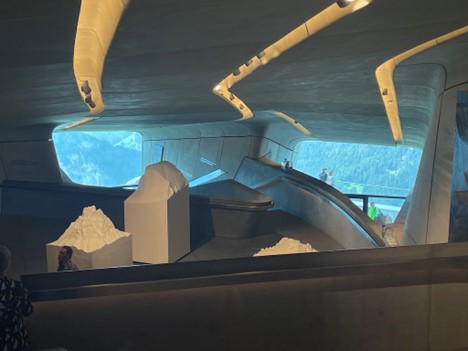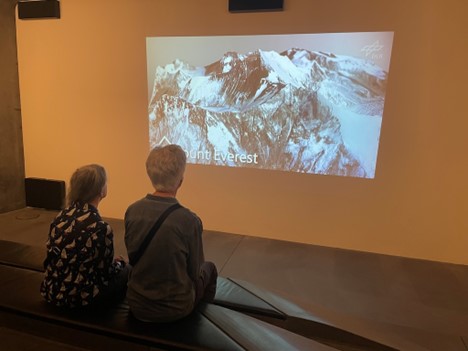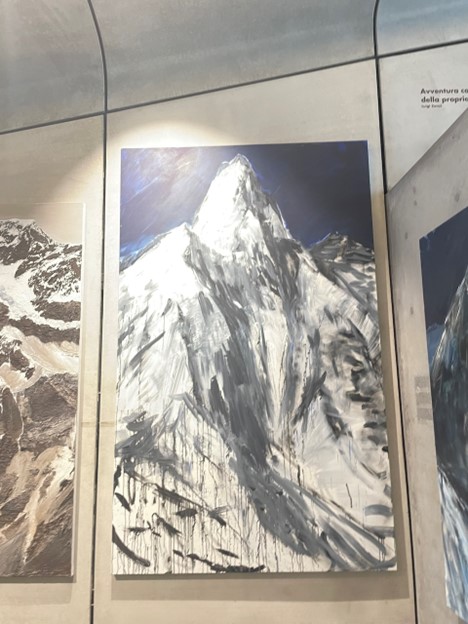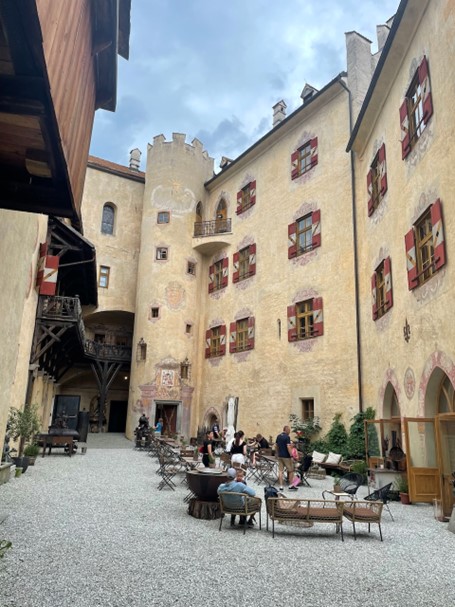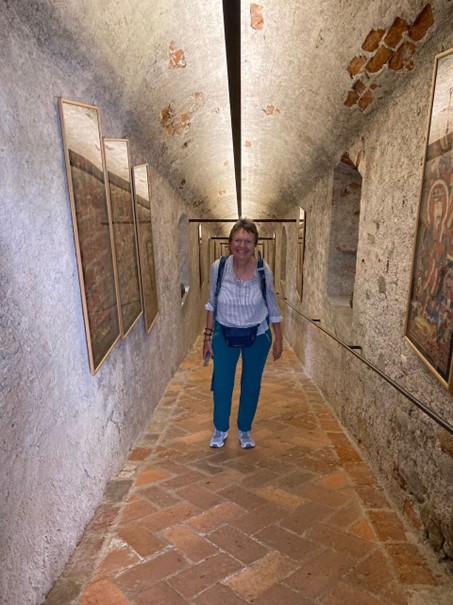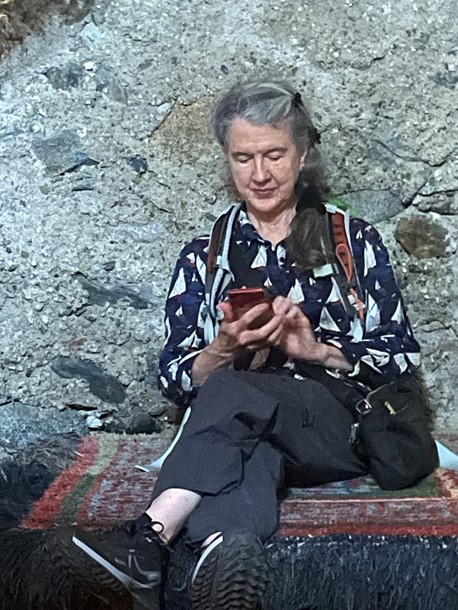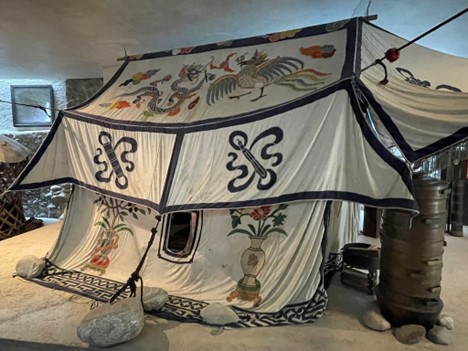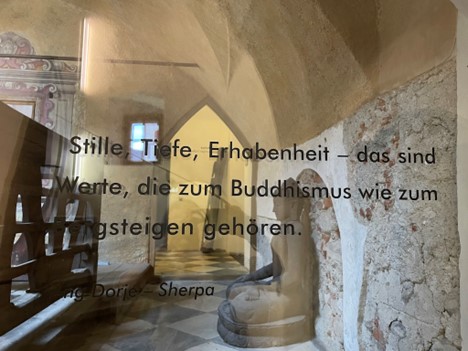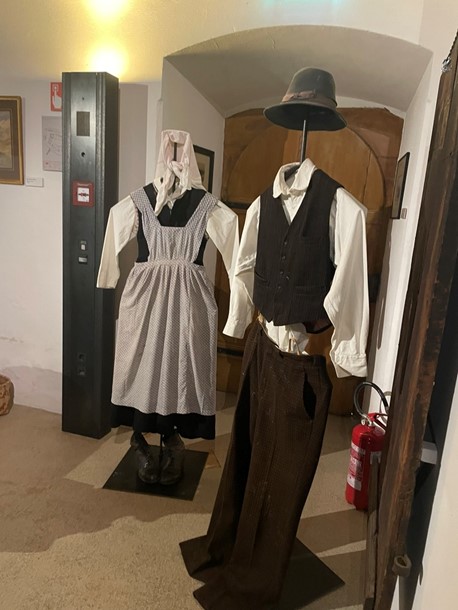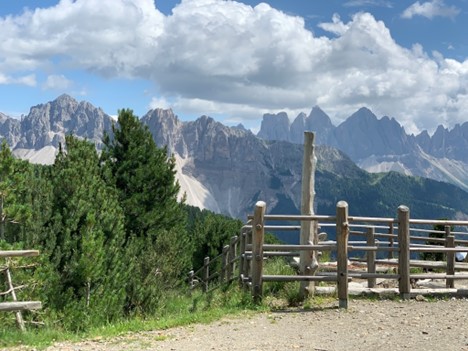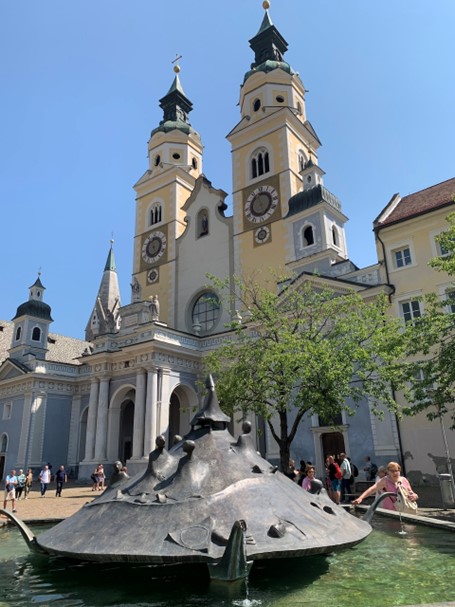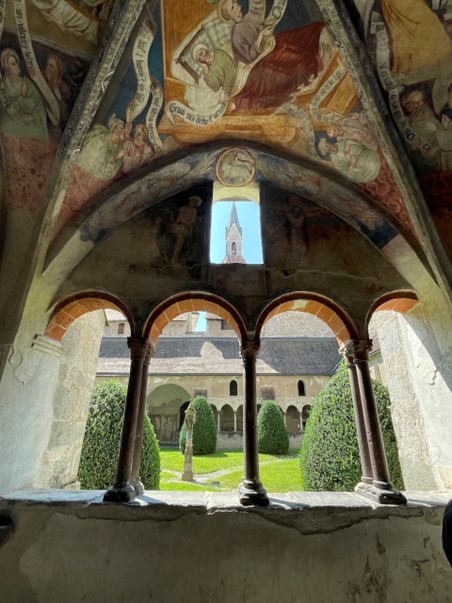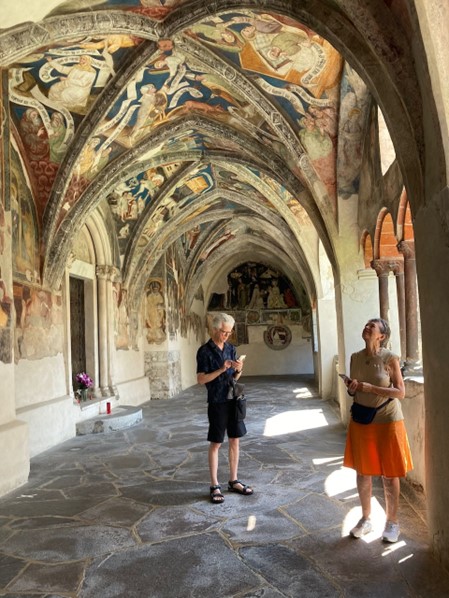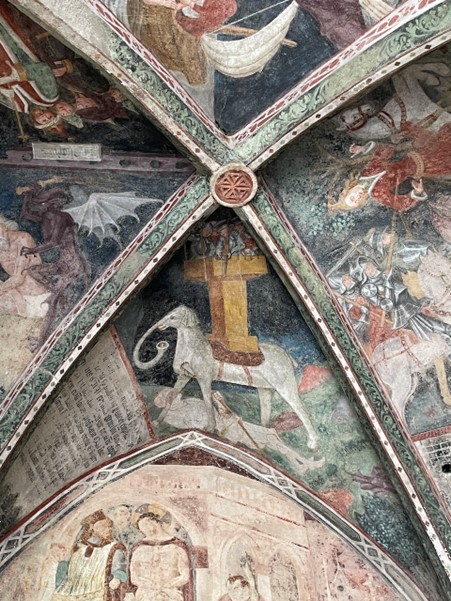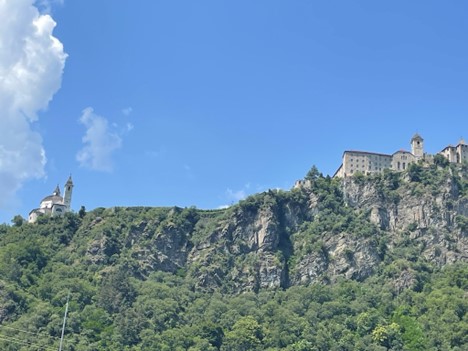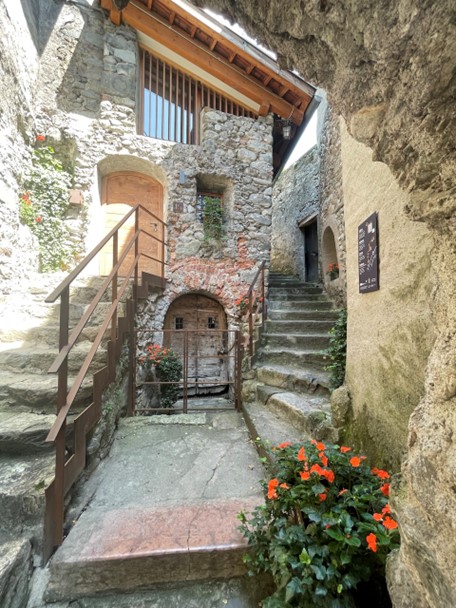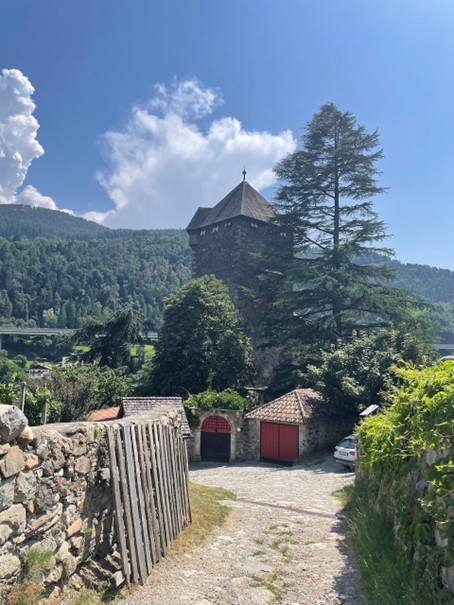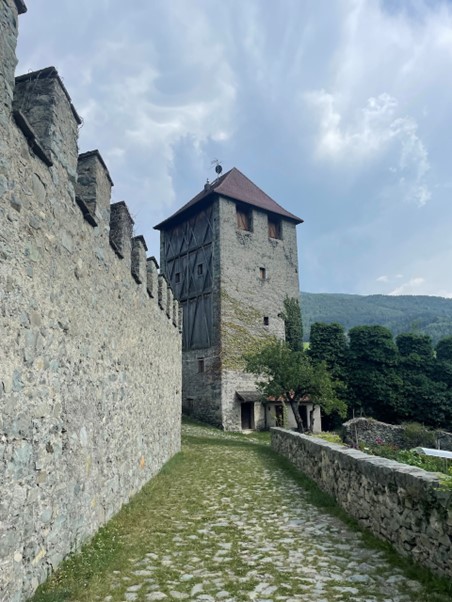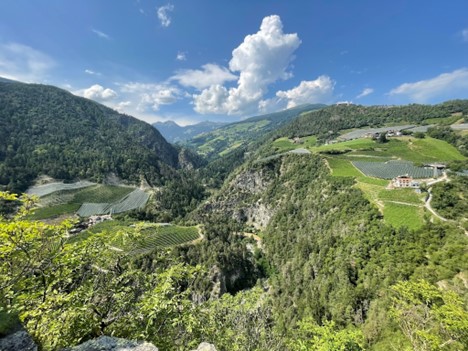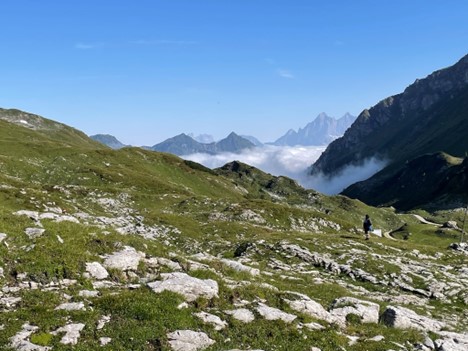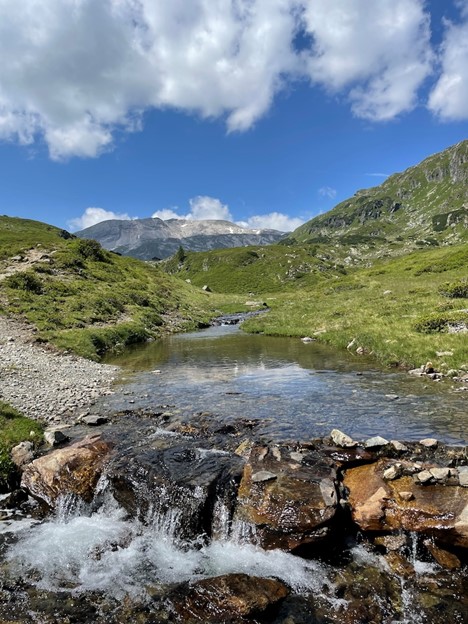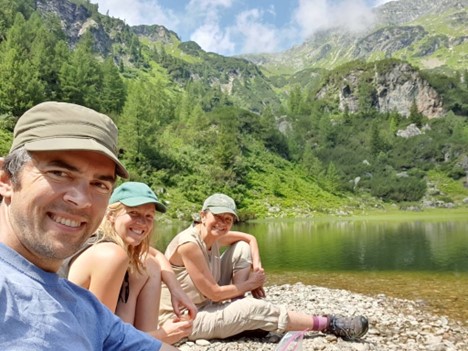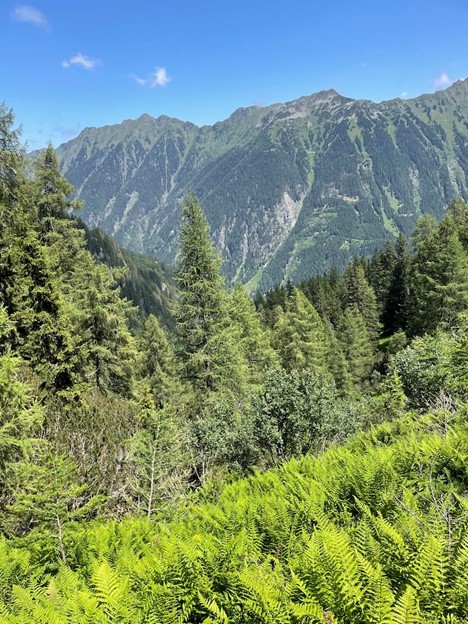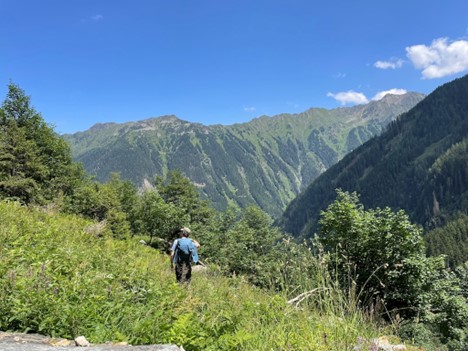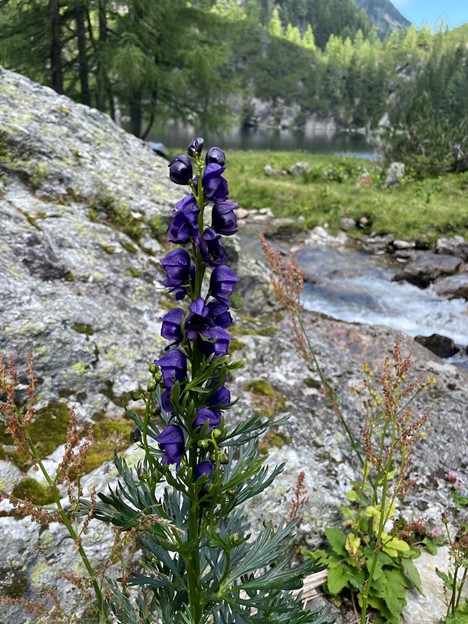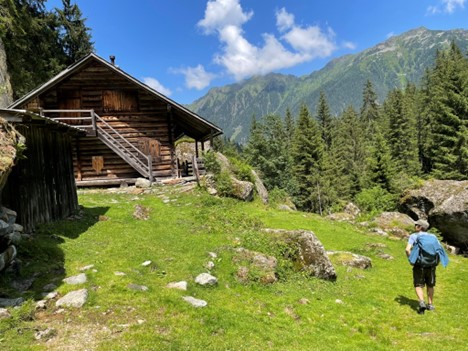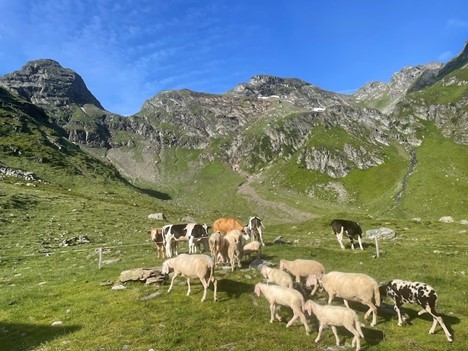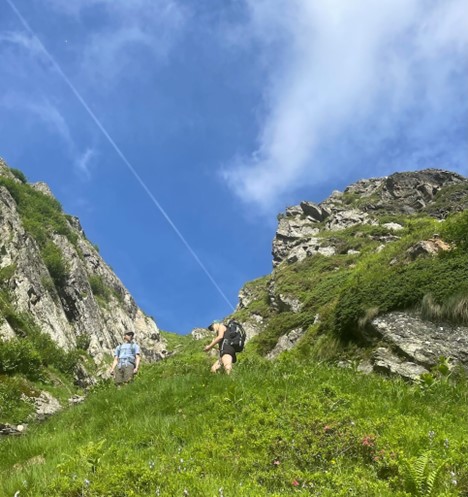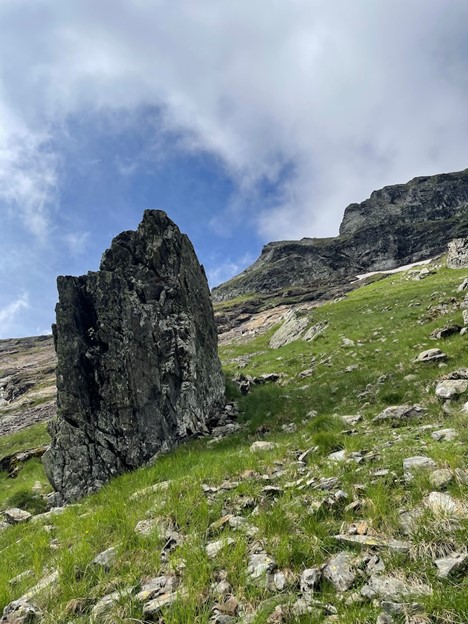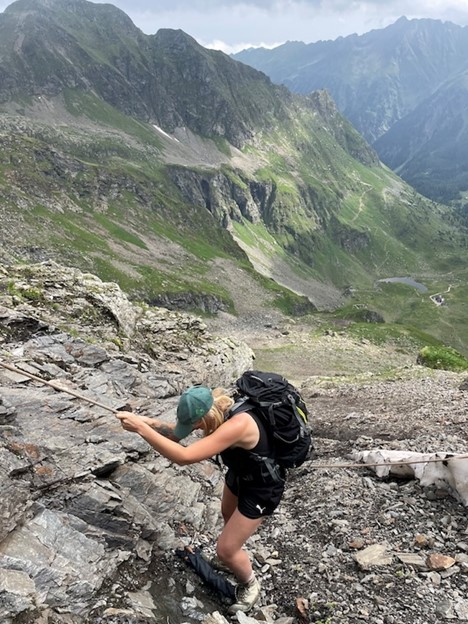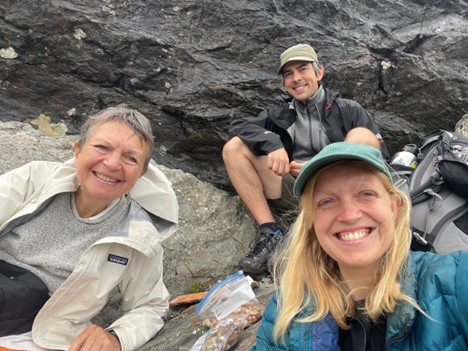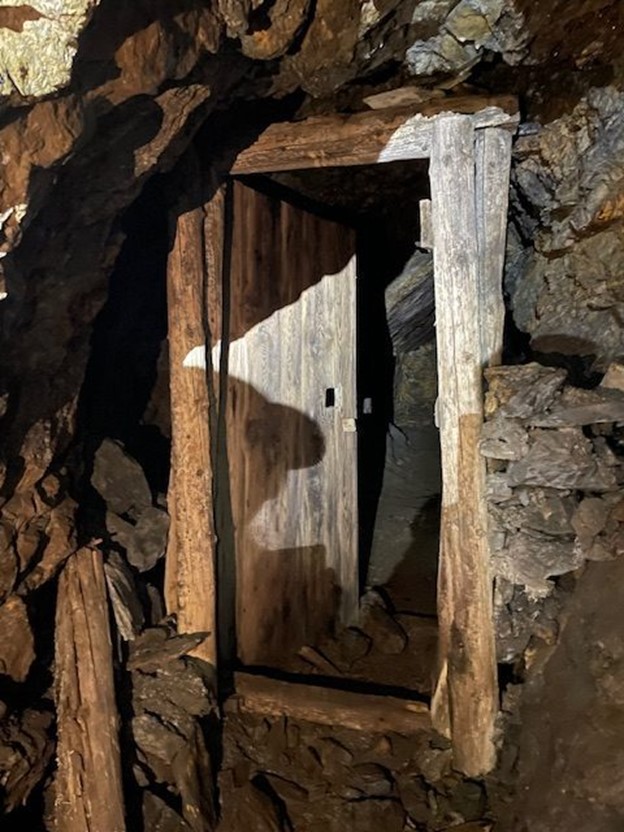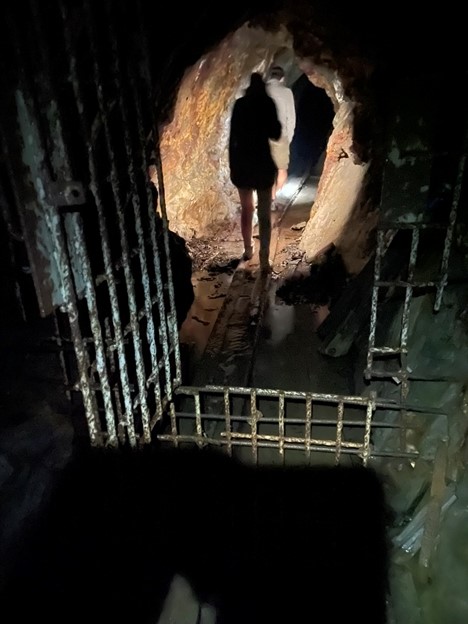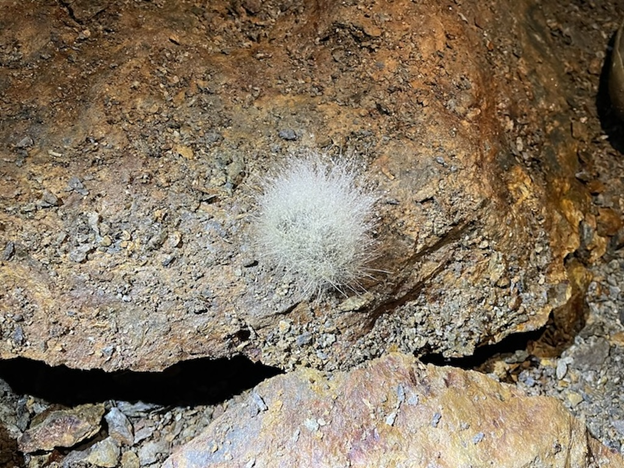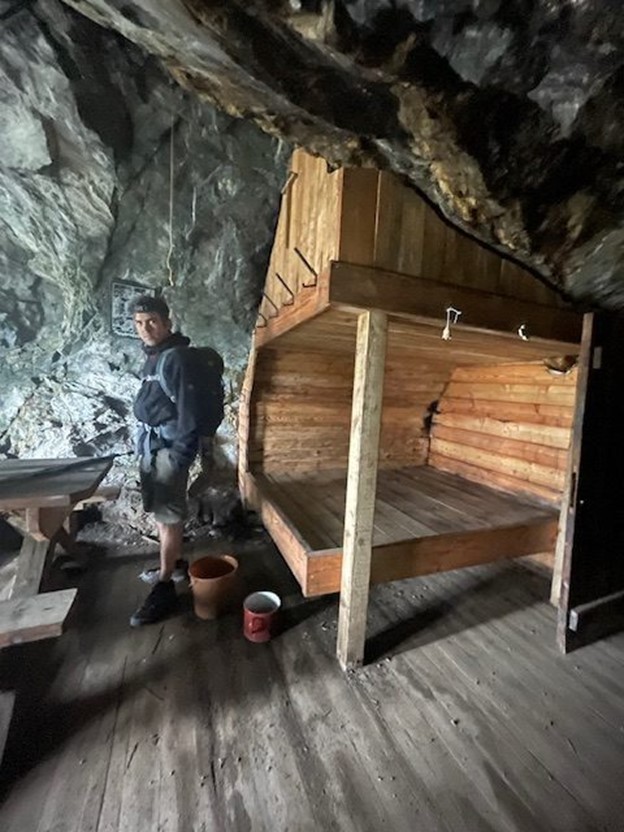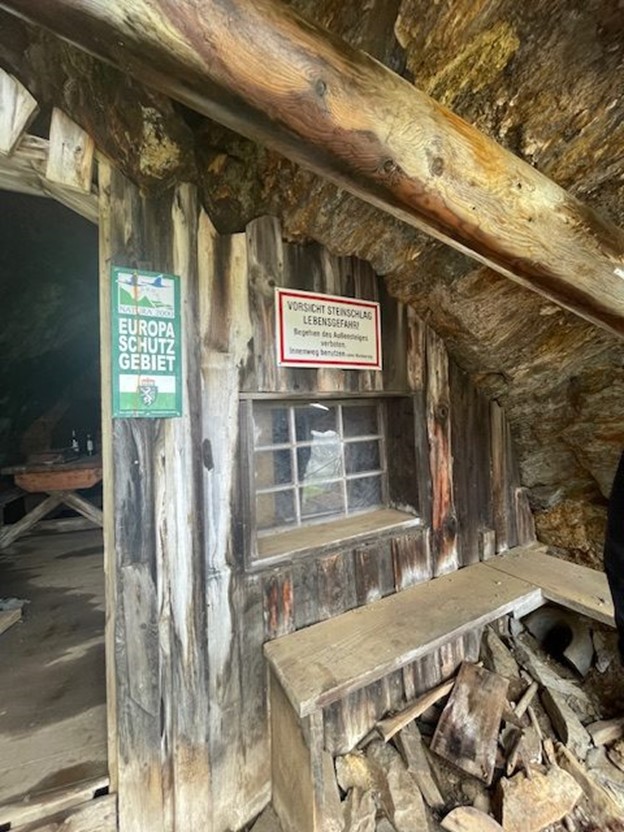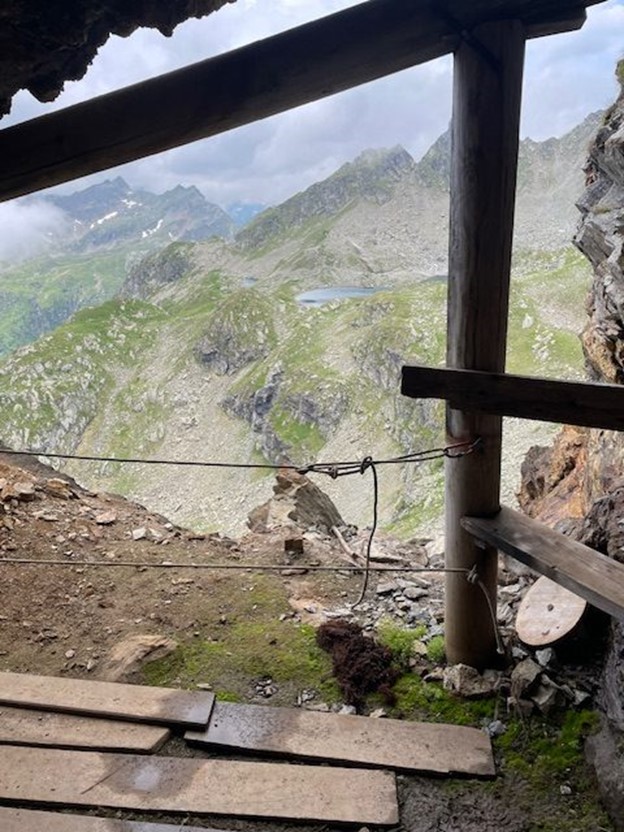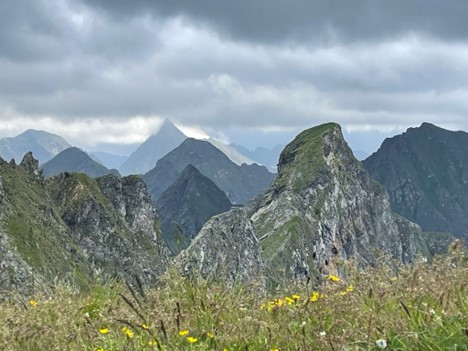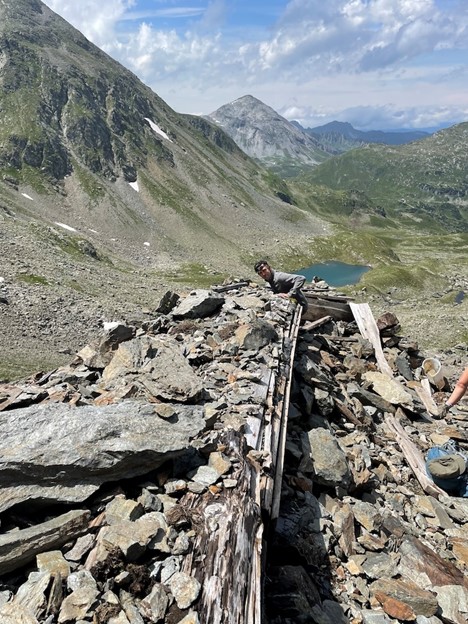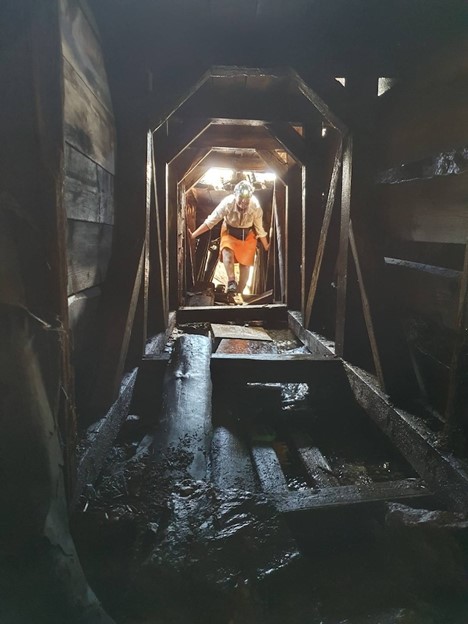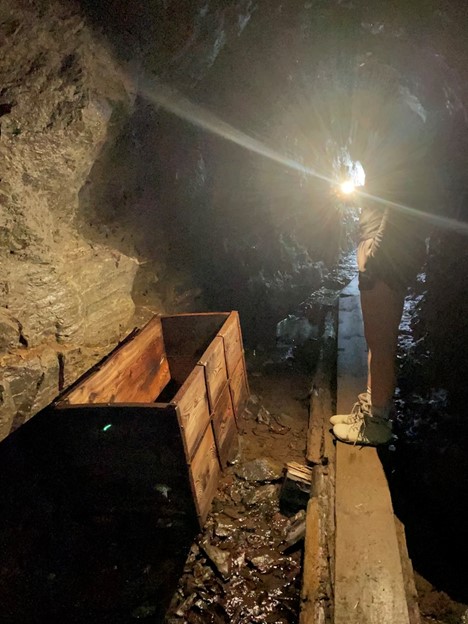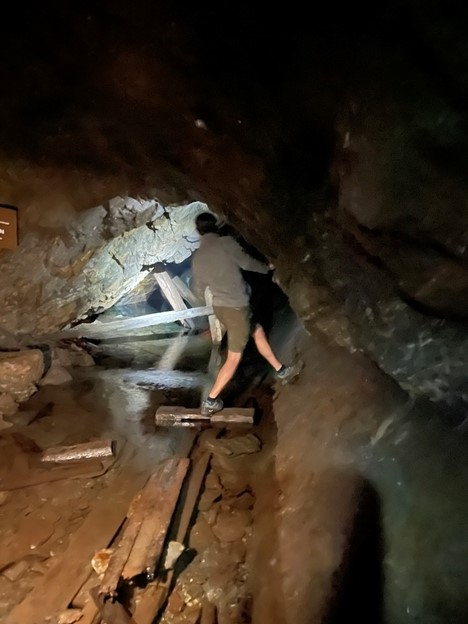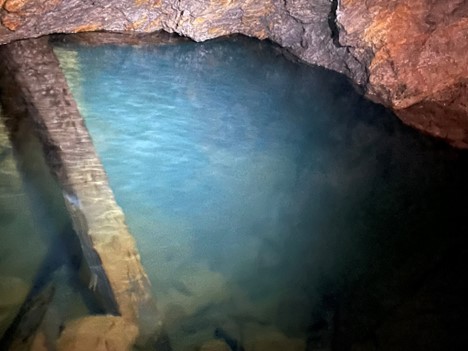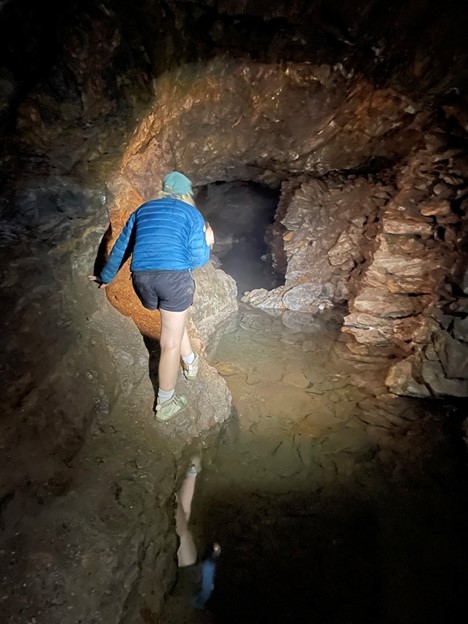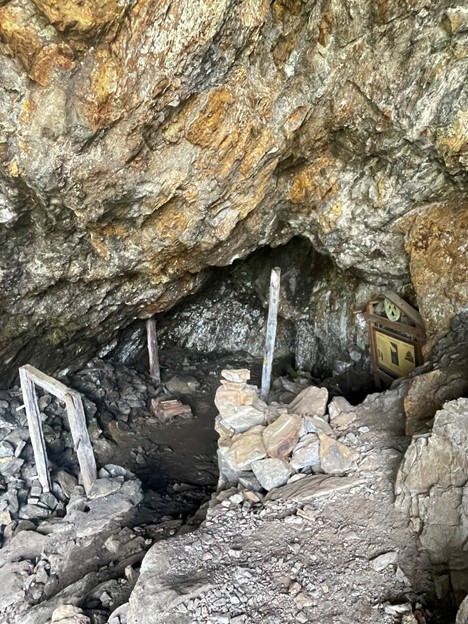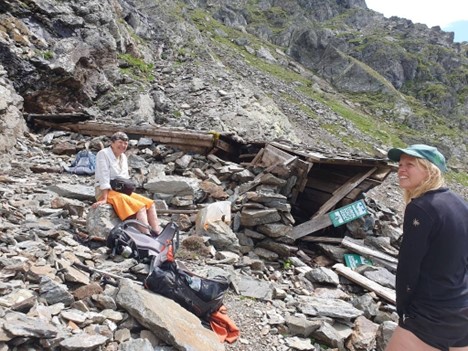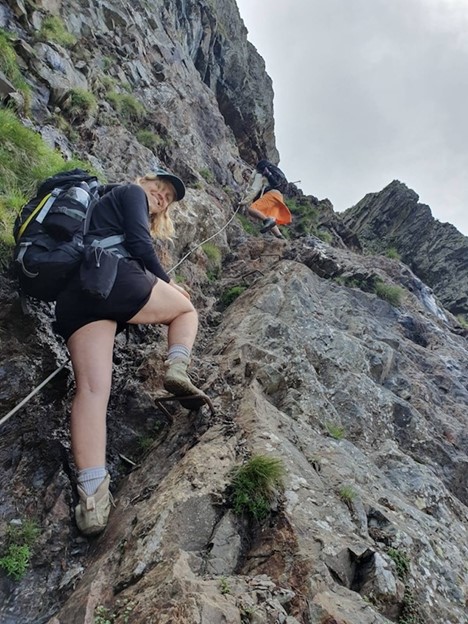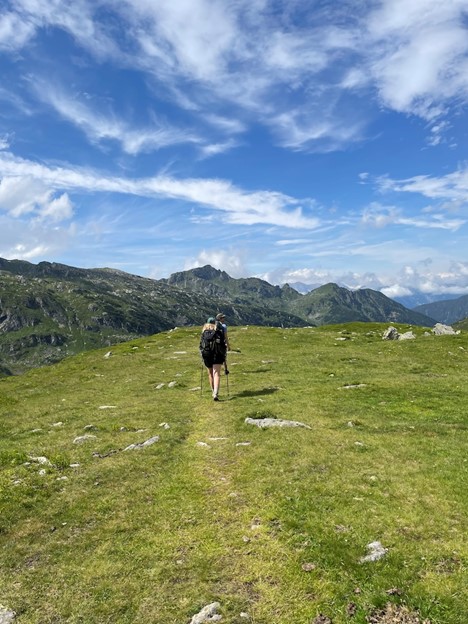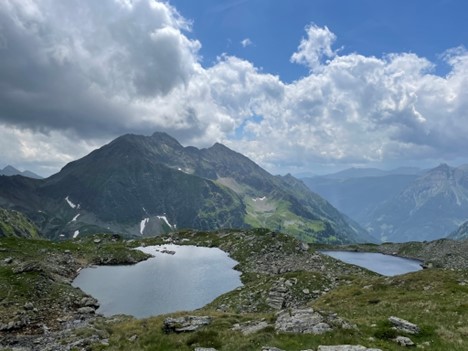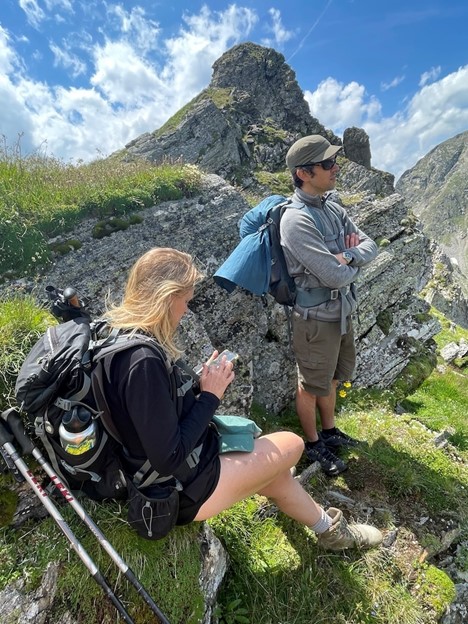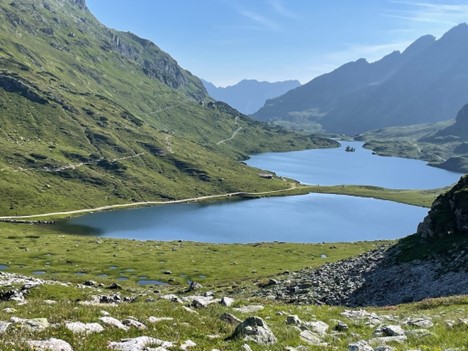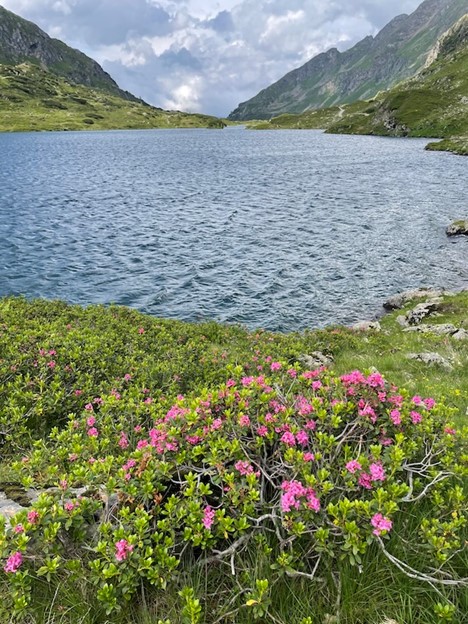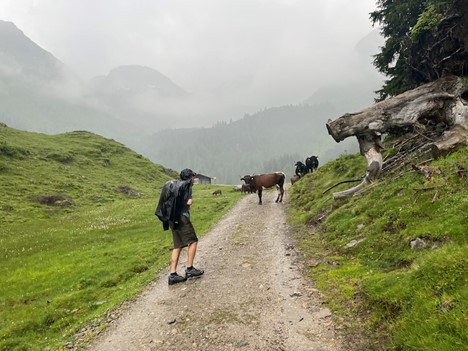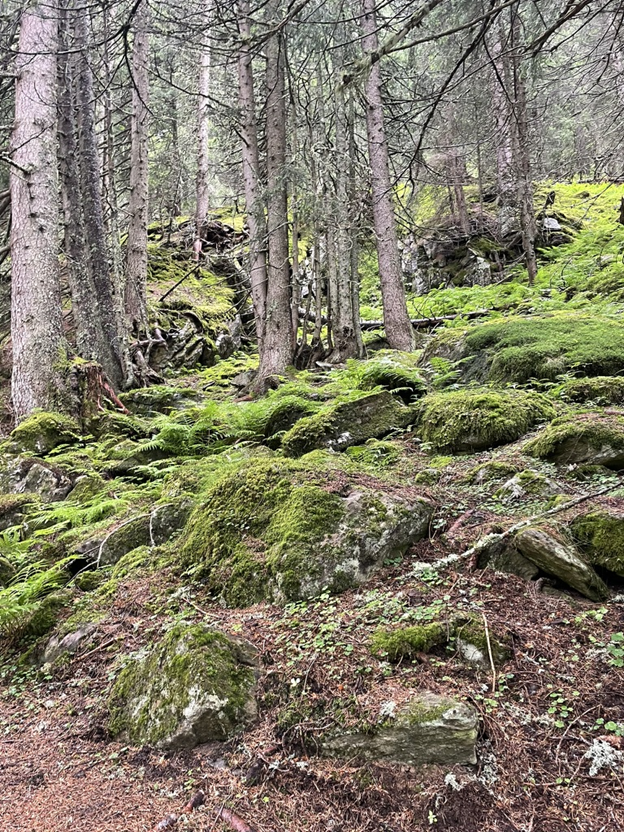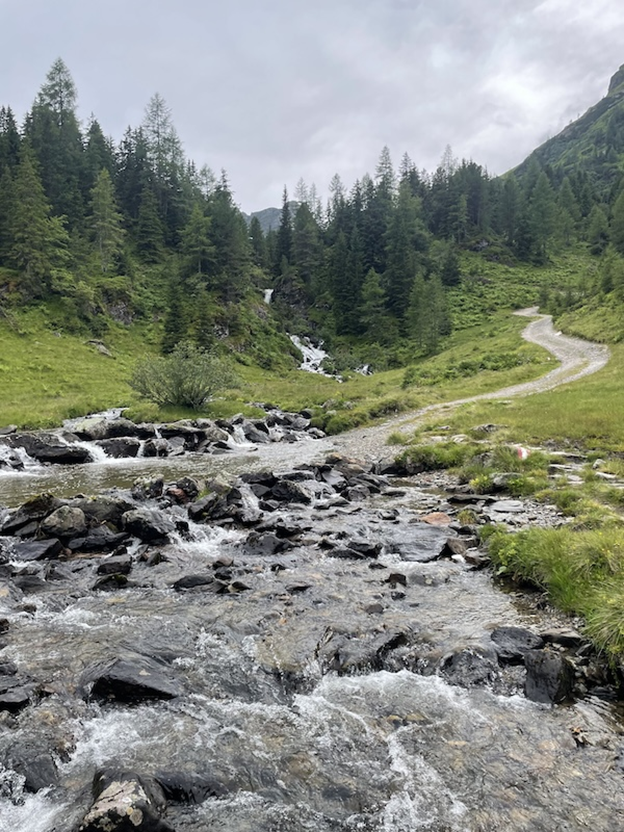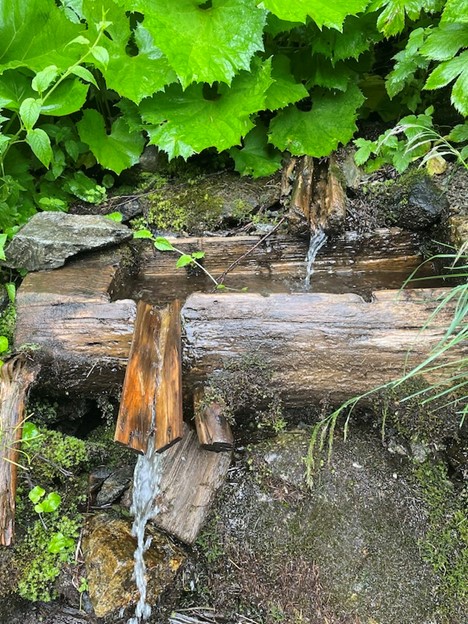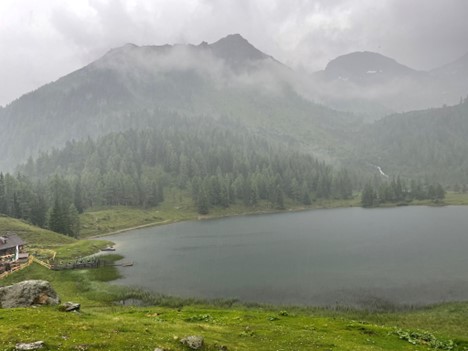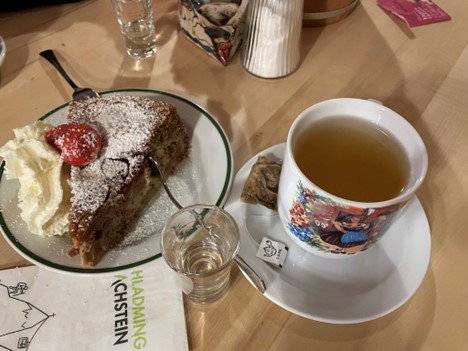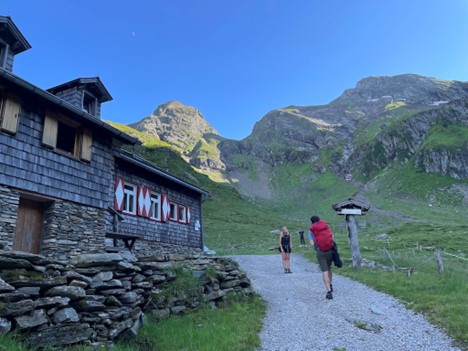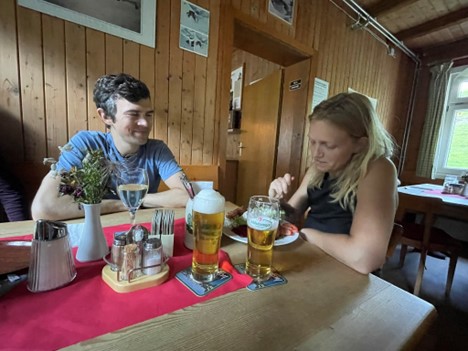Stubaier Höhenweg, 2
Hiking above the timberline, the seemingly limited landscape opens up the doors to awe. There is beauty everywhere – in tiny plants surviving the harsh climate and the grandeur of glaciers and mountain tops. Through the doors of awe enters joy and gratefulness for life. Every step is a step in fullness, fullness because there is silence inside and outside. Mountains are our cathedrals!
.
.
.
.
.
.
In the desert of rocks and stones, it is a short relief to walk on a path like this. On the distant rock, you can see a marker (red and white stripes), a very important direction tool.
.
.
..
.
.
The vibrant, brilliant colors of flowers in such high altitude are always impressive
.
.
.
.
.
Sulzenauferner on the Pfaffengruppe (Sulzenau glacier)
.
.
When we saw this glacier after a steep climb, we could not stop admiring the grandeur of rocks, ice and snow. In looking closer, we saw a face in the glaciier.
.
.
.
.
.
.
With a little imagination, you can see the face of a wolf with two snow eyes in the ice formation. The glaciers are melting very fast, and in a couple of years this might be gone.
We climbed to the top of the Großen Trögler (2902m) and had a breathtaking view of the Stubaier Alpen. After eating some snacks, drinking water and resting, we had to climb down again. I was grateful that I do not have any fear of heights.
.
.
.
.
.
.
This lake down below is called Blaue Lacke. The lake is located about 20 minutes uphill from the Sulzenauer Hütte, the place I planned to sleep this day. Robert had to return to Innsbruck.
.
.
.
.
.
.
A bit farther down, we saw a lake directly fed by glacier water. The greenish grey color is caused by the many minerals in the water. In the foreground you can see mountain goats resting in the sun.
After lunch, I was sad that Robert had to leave. He walked the long path down to the valley to catch a bus and I hiked up to the blue lake to have a refreshing swim.
.
.
.
.
.
Sulzenauer Huette
.
.
As in every cabin on this hike, all beds were booked. This hike is a favorite destination for people from the Netherlands, Belgium, Germany, America and Canada. However, I was lucky this time with my sleeping place. I was assigned a bed directly in front of the emergency exit. The Lager was hot and crowded but the door of the emergency exit was open all night and fresh air came into the room. In addition, when I woke up in the middle of the night and walked out to look at the sky, I was totally in awe of the clear, dark sky dotted with millions of stars shining like diamonds. Every so often a shooting star crossed the night sky. It was during an annual meteor shower time.
Hikers often skip the Sulzenauer Hütte and walk directly the the Nürnberger Hütte. As I was walking alone and not sure of the forecasted weather conditions, I chose cabins that where shorter distances apart and had time to really enjoy the alpine landscape.
.
.
.
.
.
.
I passed rock formations polished by millions of years of glaciers.
.
.
.
.
.
.
The Grünsee offered another refreshing jump into the water.
.
.
.
.
.
.
I had time to climb to the Mairspitz (2775 m), which was a bit farther than the suggested path. It gave me another magnificent view of the surrounding mountain tops.
.
.
.
.
.
.
In Austria, all the mountain tops are marked by a cross.
.
.
.
.
.
A bench provided the perfect place to rest
.
.
.
.
.
Walking down from the top
At one point, I decided to rest in the middle of wildly jumbled rocks, which have fallen down a long long time ago. Suddenly, I saw two faces resting in stillness, gazing towards the earth and the sky. I was so impressed that I was sitting down at the right spot and the right time and so intrigued that my mind was able to see it. What a coincidence!
.
.
.
.
.
Do you see the contours of a dark, female face in the rock?
.
.
.
.
A more masculine rock face gazing up to the sky
.
.
.
.
..
.
Even sheep are dangerous sometimes. In the Nürnberger Hütte, I was assigned to a table with 5 young men. They were followed by a sheep when hiking down to the cabin. In the beginning, they loved it. However, when they came to a steep rock with iron clamps and iron ropes, they tried to chase it away. It did not work. The sheep jumped down and nearly pushed one of them off the rock. He managed to hold on, but the foot of the sheep was caught in the iron clamp. They had to lift it up and liberate it from the entrapment. The sheep followed them to the cabin and became the attraction of the kids. It cried a long time for the herd it at lost. The next morning it was gone. The attraction for the sheep was the sweaty, salty skin of the hikers.
.
.
.
.
.
Another of the many small lakes reflecting sky and surroundings
.
.
.
.

